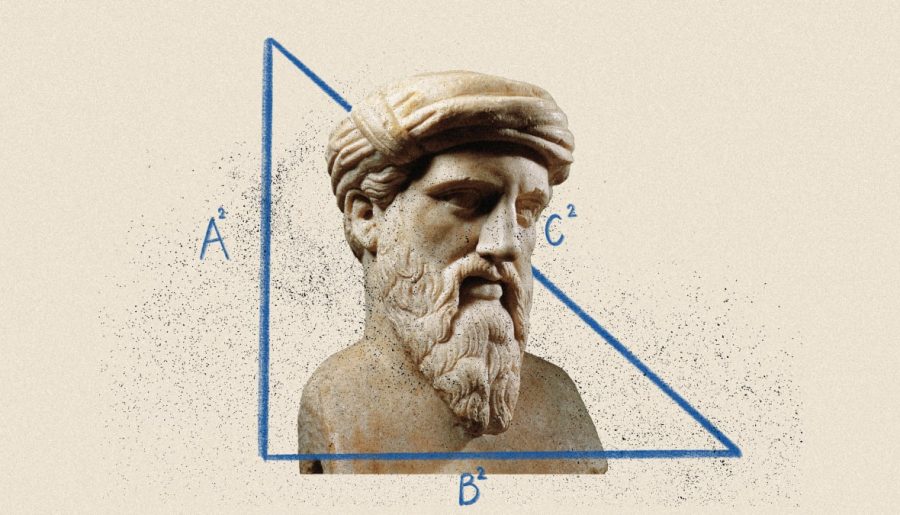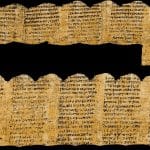The plagiarism issue is not entirely a new one. It’s been a concern that’s been around for centuries and a common phenomenon at that. Throughout history, scholars, writers, and artists have been accused of taking credit for other people’s work.
But what if I tell you a recent discovery suggests a well-known mathematical formula could be the world’s oldest known case of plagiarism?
That’s exactly what happened when a 3,700-year-old clay tablet containing the Pythagorean theorem was unearthed in Mesopotamia.
For a long time, the Pythagorean theorem has been associated with Pythagoras, a Greek mathematician-philosopher born in Samos and lived from 570 – 490 BCE. He was also an expert in music and astronomy.
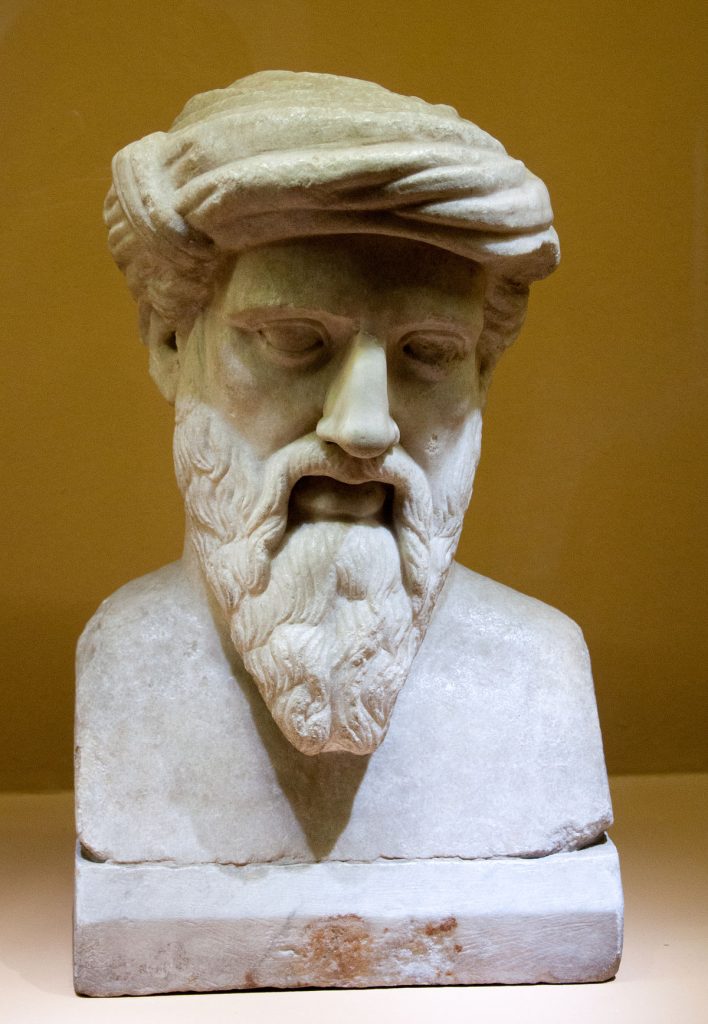
The Pythagorean theorem states, “In a right-angled triangle, the square of the hypotenuse side is equal to the sum of squares of the other two sides. “ The sides of this triangle have been named Perpendicular, Base, and Hypotenuse (the longest side).
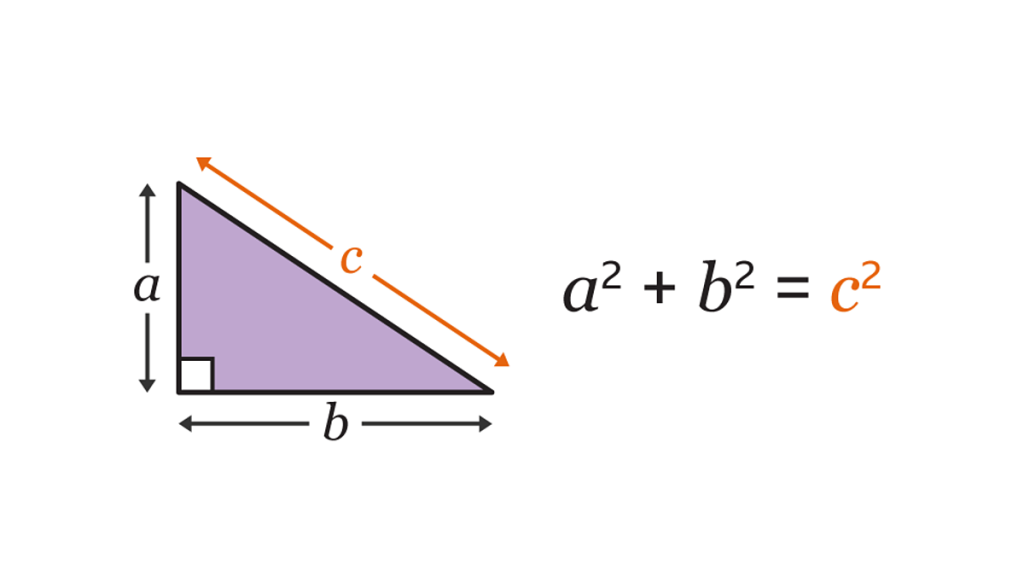
However, recent discoveries have pointed out that the Pythagorean theorem has existed for over 3,700 years before its credited inventor was even born.
The ancient tablet called Si.427 was excavated by a French archaeological expedition in what is now Iraq during the late nineteenth century (1894).
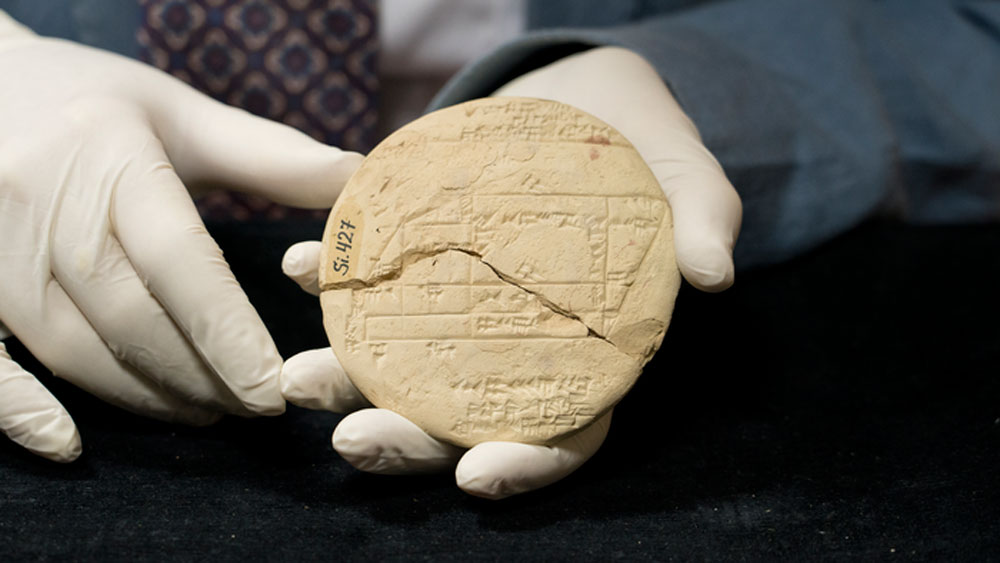
It contains the calculations for creating accurate right triangles. The Si.427 dates from the Old Babylonian period (1900-1600 BCE).
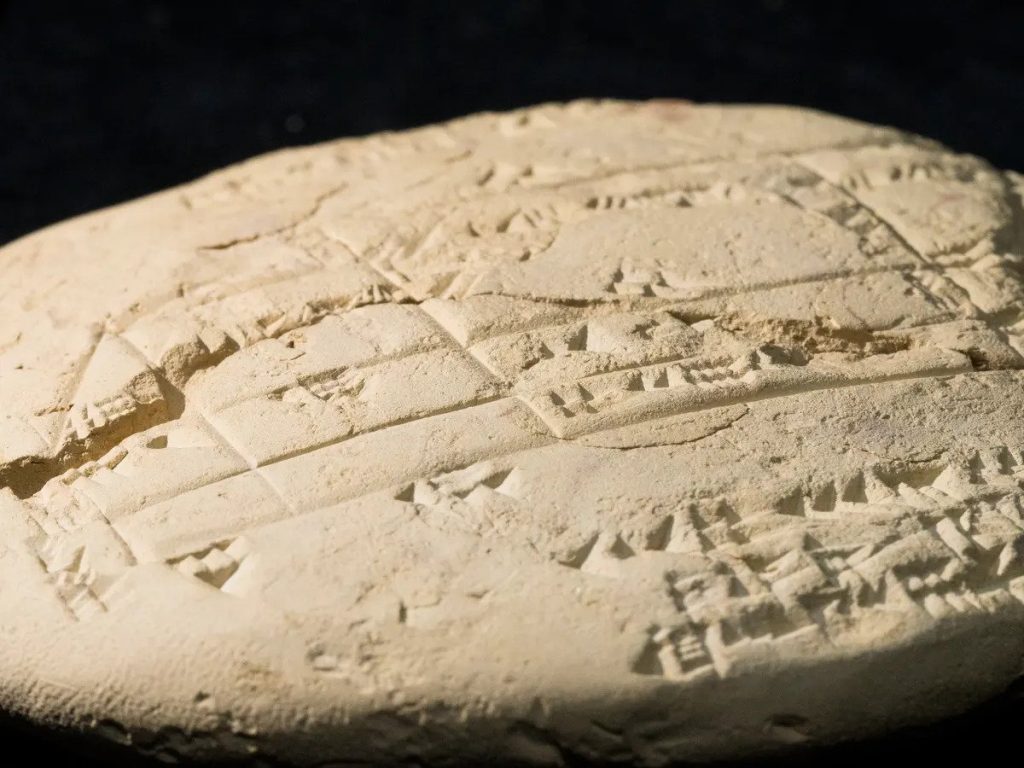
The tablet depicts a marshy field with several structures, including a tower. The tablet bears three sets of Pythagorean triples. These are three whole numbers where the sum of the squares of the first two equals the square of the third.
These are 3, 4, 5; 8, 15, 17; and 5, 12, 13. These triplets may have been used to identify the limits of the property.
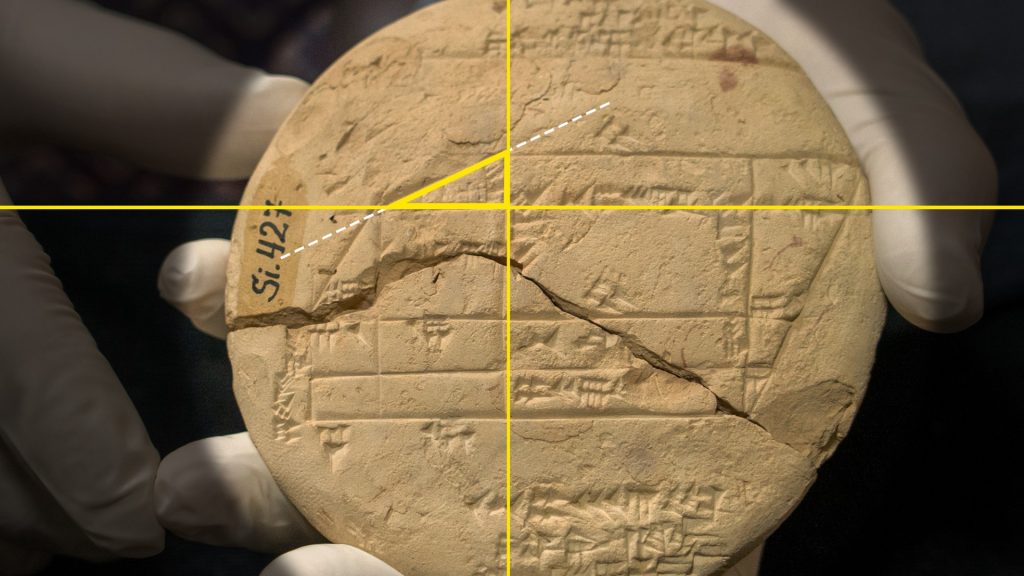
Experts believe that Si.427 could be a plan or document surveyors use to establish land boundaries. Moreover, the document provides legal and geometric information about a divided field after a portion was sold.
The discovery of IM 67118, or Db2-146, an Old Babylonian clay tablet, adds another layer to the story. It uses the principles of Pythagorean theorem to solve the length of a diagonal inside a rectangle.

The clay tablet was excavated at Tell edh-Dhiba’i, an Old Babylonian settlement near modern-day Baghdad. The tablet dates back to around 1770 BCE and provides historical insight into the kingdom of Eshnunna.
It’s interesting to think about why Pythagoras got credit for the Pythagorean theorem. However, no original writings from Pythagoras have survived.
His knowledge and discoveries have been passed down through the generations by others, particularly the society he led, which was half religious and half scientific.
Semicircle of Pythagoras is a school Pythagoras built in what is now southern Italy to teach his theories. And this school was known to follow a code of secrecy.
But even though Pythagoras didn’t actually discover the theory, his school played a big role in popularizing it, which we could thank him for.
Comment below with your thoughts!
